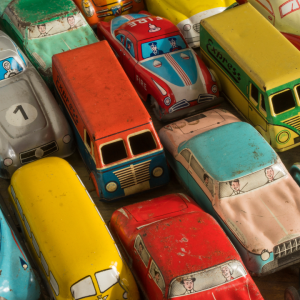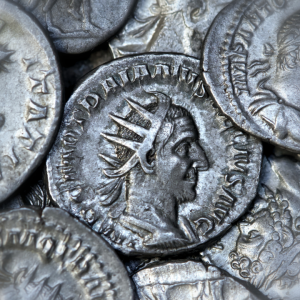Japanese art, with its intricate aesthetics and profound cultural roots, has long fascinated and inspired art enthusiasts across the globe. From the delicate beauty of ukiyo-e woodblock prints to the fluid elegance of sumi-e ink paintings, these art forms have had a profound impact on global artistic practices. To preserve the authenticity and integrity of Japanese art, the use of traditional supplies is crucial, as it allows artists to stay connected to their cultural heritage and maintain the unique characteristics of their work. In this blog, we will delve into the importance of using traditional supplies in Japanese art and their role in safeguarding this ancient artistic legacy.
Embracing Cultural Heritage
The use of traditional supplies in Japanese art plays a pivotal role in embracing and preserving the cultural heritage of Japan. These supplies, such as washi paper, sumi ink, and specialized brushes, have been used by Japanese artists for centuries, and their continued use ensures that the essence and spirit of traditional art practices are maintained. By working with authentic materials, artists pay homage to their ancestors and carry on the rich legacy of their forebears, ensuring that the knowledge and techniques used in the creation of Japanese art are passed down through generations.
Upholding Artistic Authenticity
Using traditional supplies in Japanese art helps maintain the artistic authenticity and unique characteristics of each art form. In an increasingly globalized world, where art can be easily mass-produced and commercialized, the use of authentic materials allows artists to preserve the essence of their respective traditions. This commitment to authenticity not only enhances the quality of the artwork but also ensures that it retains its cultural significance and relevance.
Promoting Environmental Sustainability
Another essential aspect of using traditional supplies in Japanese art is the focus on environmental sustainability. Many of these materials, such as natural dyes, pigments, and handmade washi paper, are derived from locally sourced plants and minerals, which have a lower environmental impact compared to synthetic alternatives. Additionally, these materials are often biodegradable and non-toxic, making them a more eco-friendly choice for artists. By choosing to work with traditional supplies, Japanese artists contribute to the preservation of the environment and promote sustainable practices within the art world.
Supporting Local Economies
The use of traditional supplies in Japanese art also plays a role in supporting local economies. Many of these materials are sourced from small-scale, family-run businesses that depend on the income generated from their sale. By choosing to work with these traditional supplies, Japanese artists help support these local economies and contribute to the overall well-being of their communities.
Conclusion
The importance of using traditional supplies in Japanese art is evident in the preservation of cultural heritage, maintenance of artistic authenticity, promotion of environmental sustainability, and support of local economies. By employing these authentic materials, artists can ensure that their creations remain true to the unique spirit and essence of Japanese art, while also honoring the rich legacy of their cultural heritage. As art enthusiasts and collectors, we can appreciate the exceptional qualities that traditional supplies bring to Japanese art and recognize their essential role in the celebration and preservation of this extraordinary artistic tradition.








